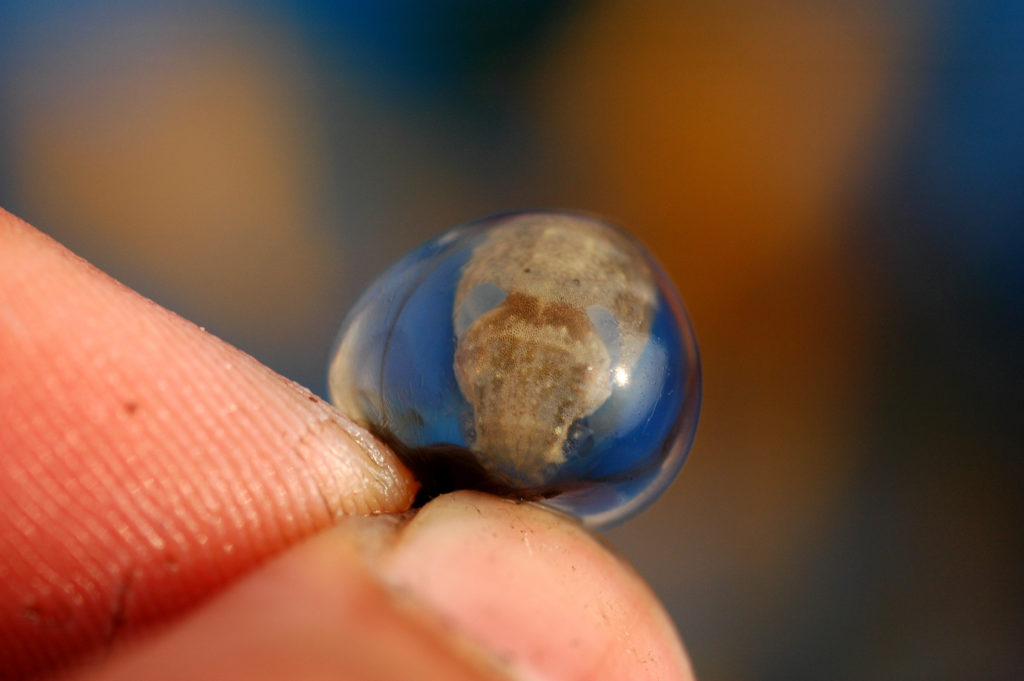Once upon a time, in a sea far far away, called Adriatic Sea, there were many cuttlefish. These delicate creatures spent their short life in the deep but before dying, they began a journey to a special place: the lagoon. This sheltered habitat is perfect for leaving their progeny…hundreds and hundreds of eggs with little cuttlefish growing inside, the next generation!
Every year, knowing the arrival of the cuttlefish, another creature, a predator, prepared to feast. The humans settled thousands of traps to catch the cuttlefish, one of their favorite food. The cuttlefish, trapped in the nets, laid all the eggs before it was too late…but the humans destroyed them mercilessly.
In a fairytale the picture is quite simple: the good and the bad collide and at the end the good wins. The reality, however, is not so defined. Our bad guys, the fishermen, actually are not bad at all. They care about cuttlefish, a resource they depend on, and do not want to destroy the eggs. They fish the adults that are going to die anyway but they can’t prevent them laying their eggs on the nets: the traps need to be cleaned in order to effectively fish; therefore, fishermen remove the eggs.
In our work we cooperated with fishermen, trying to develop a method to reduce their fishery impact. We inserted a couple of removable ropes in the traps, testing them as substrate for cuttlefish egg deposition. The results were considerable: even with this little shrewdness, we were able to preserve 21% of the eggs laid on the traps…it means about 3˙500˙000 eggs saved in just 3 miles of coast! We also demonstrated that the presence of the ropes does not affect trap efficiency, another bit of good news for fishermen. The last problem to solve was where to place the eggs collected on ropes to let them develop and hatch: we tested a marine site and a lagoon site and the second one gave the best results. More investigations are needed to define an area that optimize hatching and, consequently, the efficacy of the mitigation measure.
Is it an happy ending? Our data can’t say it but they strongly demonstrated that, with a little effort, we can preserve both cuttlefish and the traditional fishery linked to it.
Are you the author of this article? We had a site crash back in 2016 and lost some author attributions. We promise this is not a snub! Please email us and let us know that this is your post. Thanks and apologies!


